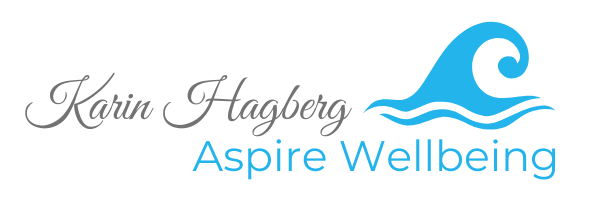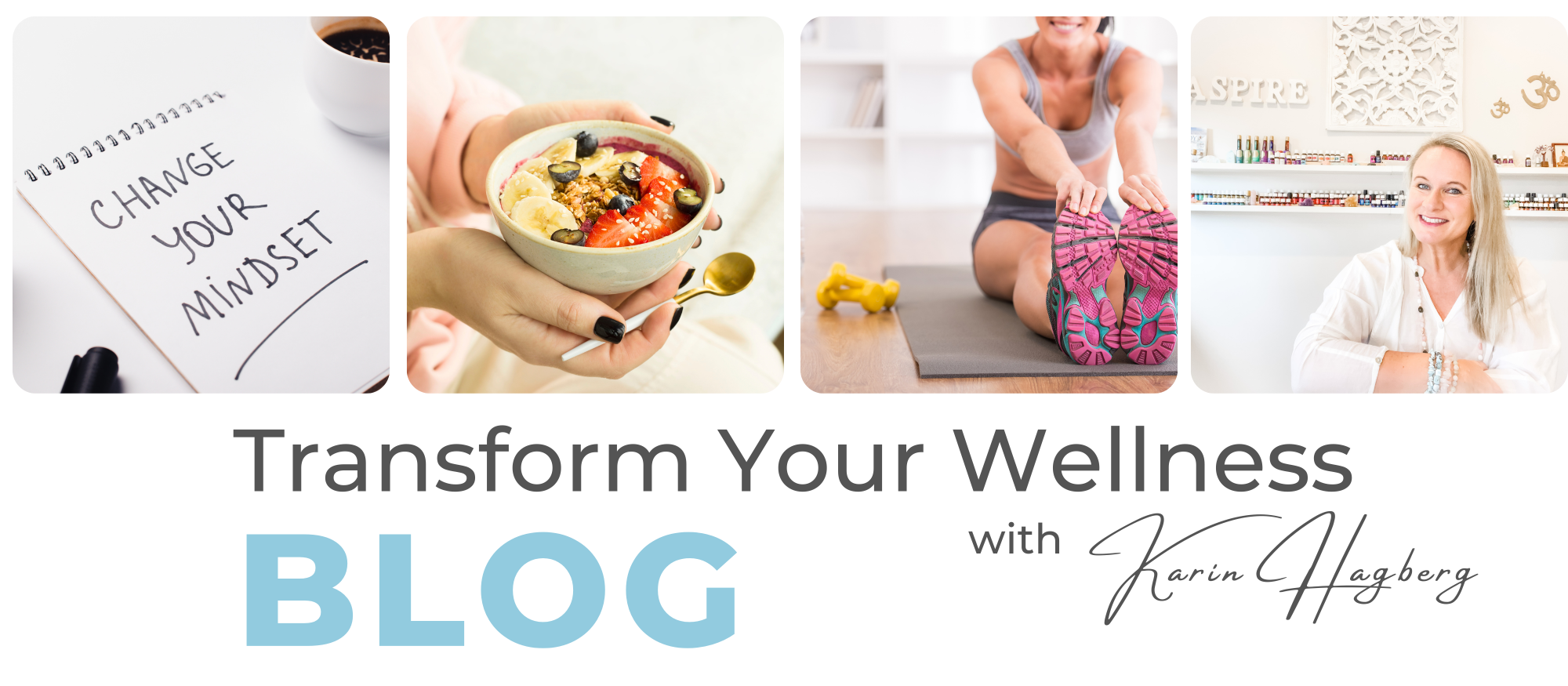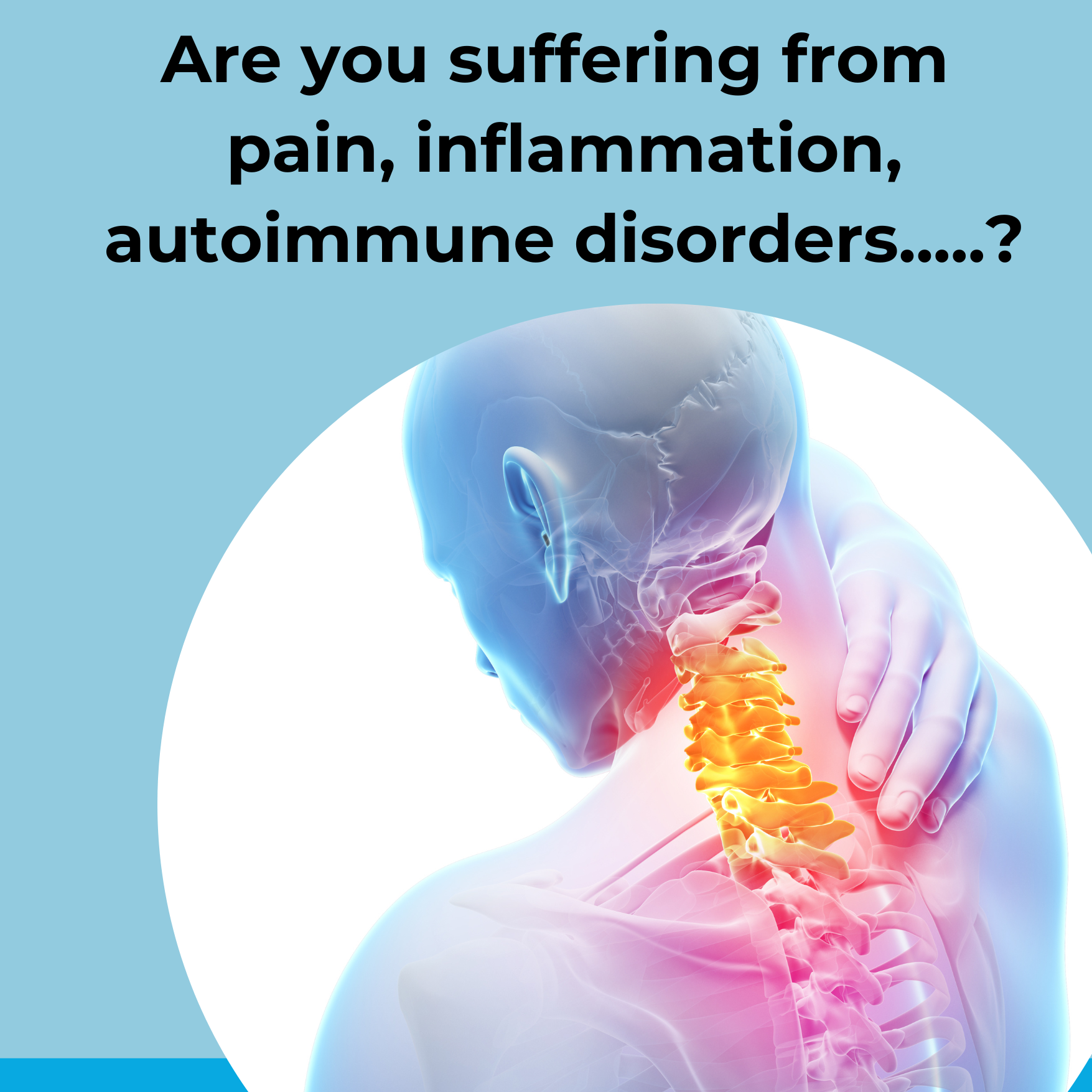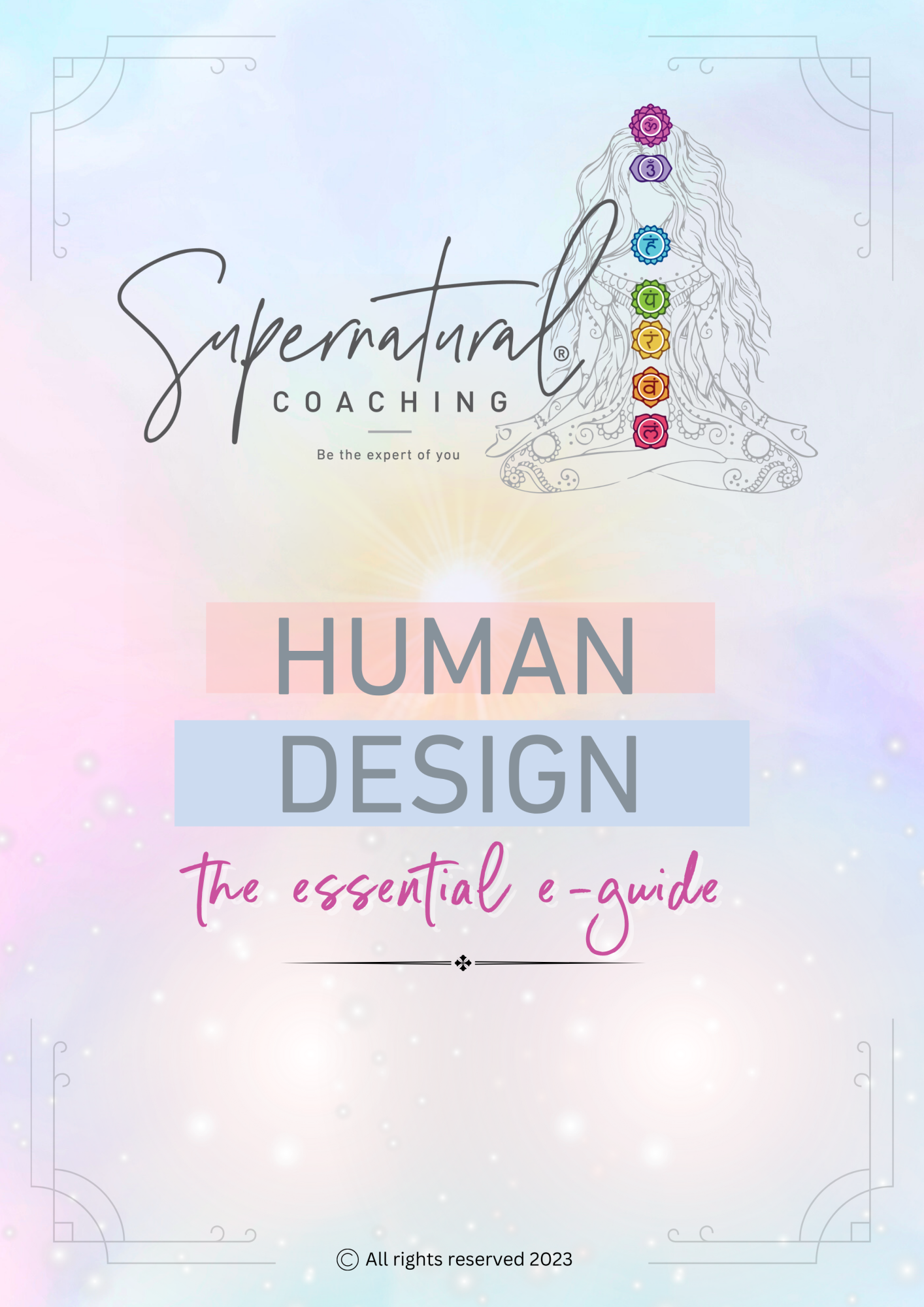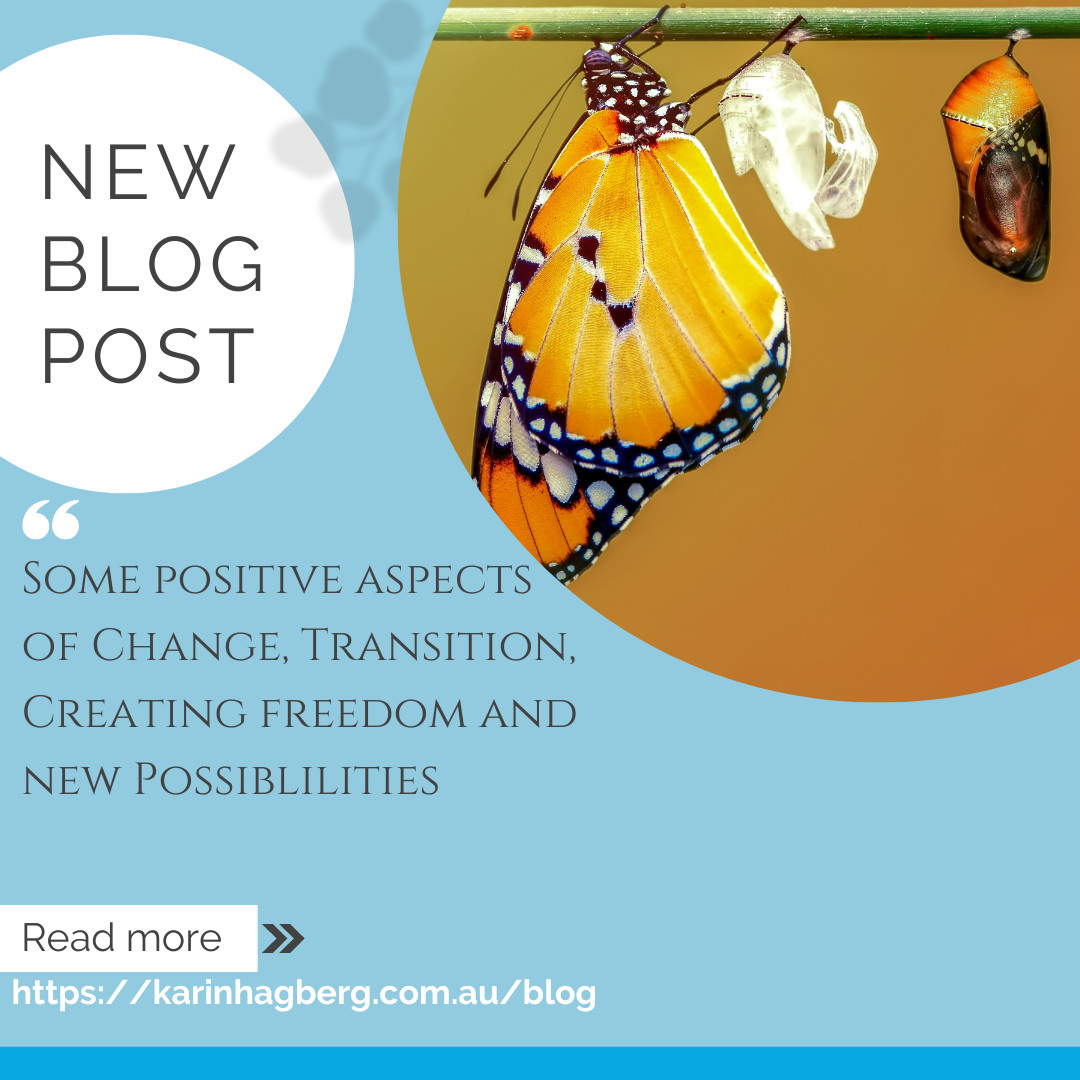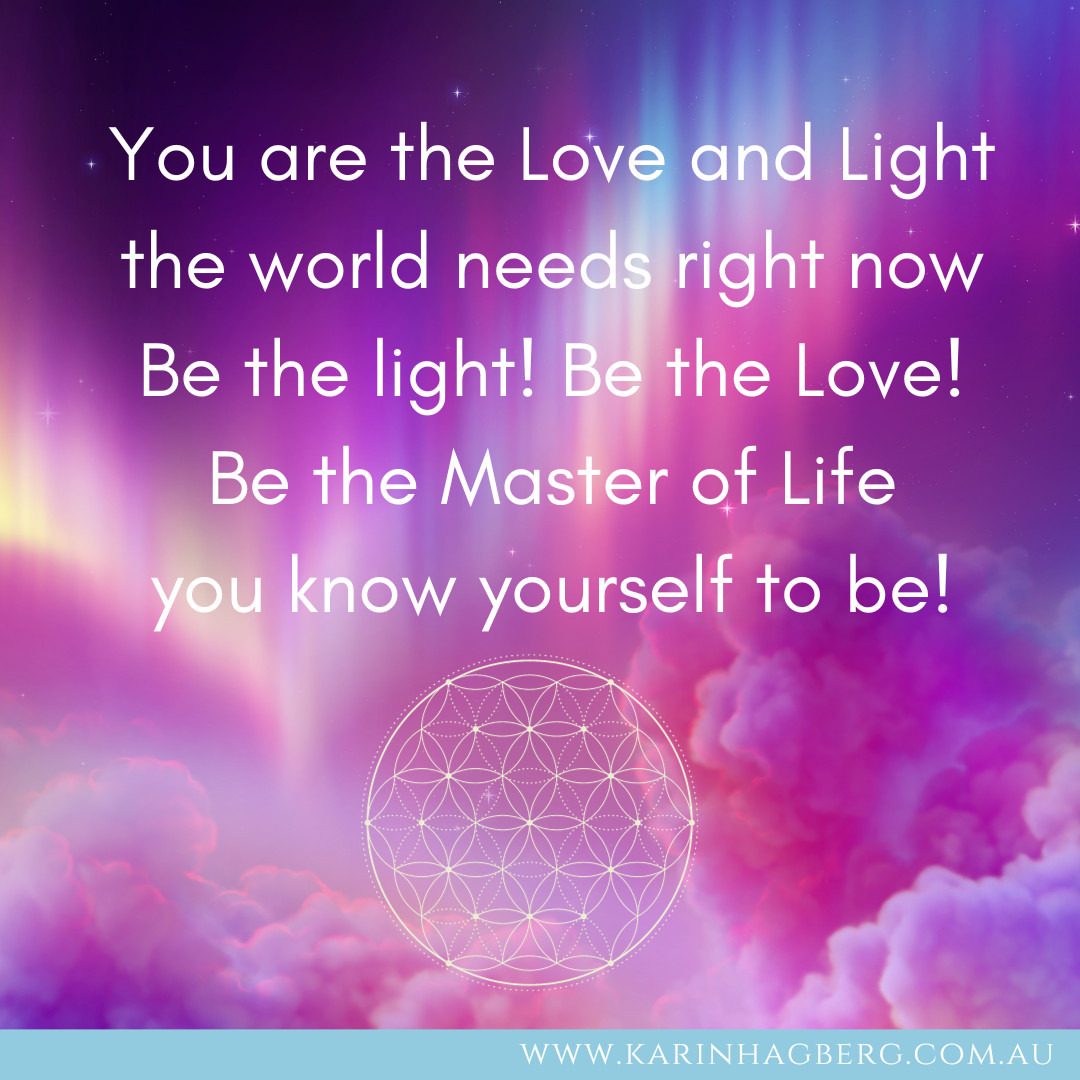
I love foam rolling! In the last few weeks I have been spending anywhere from 4 - 30 minutes rolling on my foam roller and I am feeling amazing now! I realise that I have had so much tension in my fascia. As a Remedial Massage Therapist and Pilates Instructor I recommend foam rolling to many of my clients due to its benefits.
Foam rolling is also known as self-myofascial release. It involves using a cylindrical piece of foam to massage and release tension in muscles.
Here are the benefits of foam rolling:
1. Improved flexibility and range of motion: Foam rolling helps to stretch and lengthen muscles, which can improve flexibility and range of motion. This can be especially beneficial for athletes and individuals engaging in regular physical activity.
2. Reduced muscle soreness and tension: Foam rolling can help to alleviate muscle soreness and tension by breaking up knots and adhesions in the muscles, which can develop from overuse or injury.
3. Enhanced recovery: By promoting blood flow to the muscles, foam rolling can aid in the recovery process after exercise or physical activity. This can help to reduce recovery time and improve overall performance.
4. Prevention of injury: Foam rolling can help to identify areas of tightness or imbalance in the muscles, which can be addressed before they lead to injury. By regularly foam rolling, individuals can maintain better muscle health and reduce the risk of injury.
5. Improved circulation: Foam rolling helps to stimulate blood flow to the muscles, which can promote the delivery of oxygen and nutrients to the tissues. This can aid in muscle repair and recovery.
6. Relaxation and stress relief: Foam rolling can have a relaxing effect on the body and mind, similar to receiving a massage. This can help to reduce stress and promote overall feelings of well-being.
7. Cost-effective and convenient: Foam rolling can be done almost anywhere and requires minimal equipment, making it a cost-effective and convenient way to improve muscle health and performance.
Overall, foam rolling is a valuable tool for enhancing flexibility, reducing muscle soreness, and improving overall muscle health and performance.
I definitely recommend you giving it a go and if you need help - please reach out.
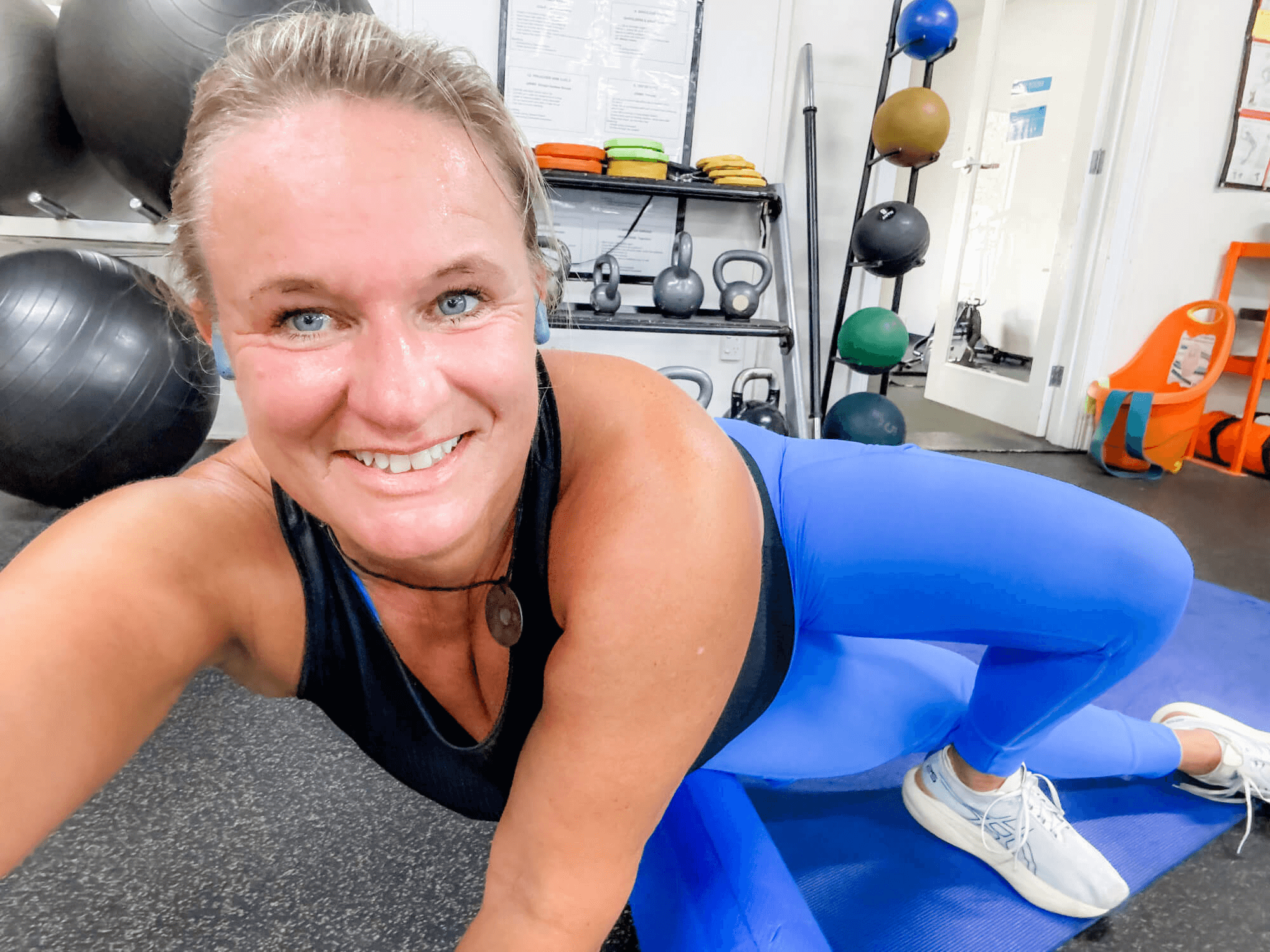
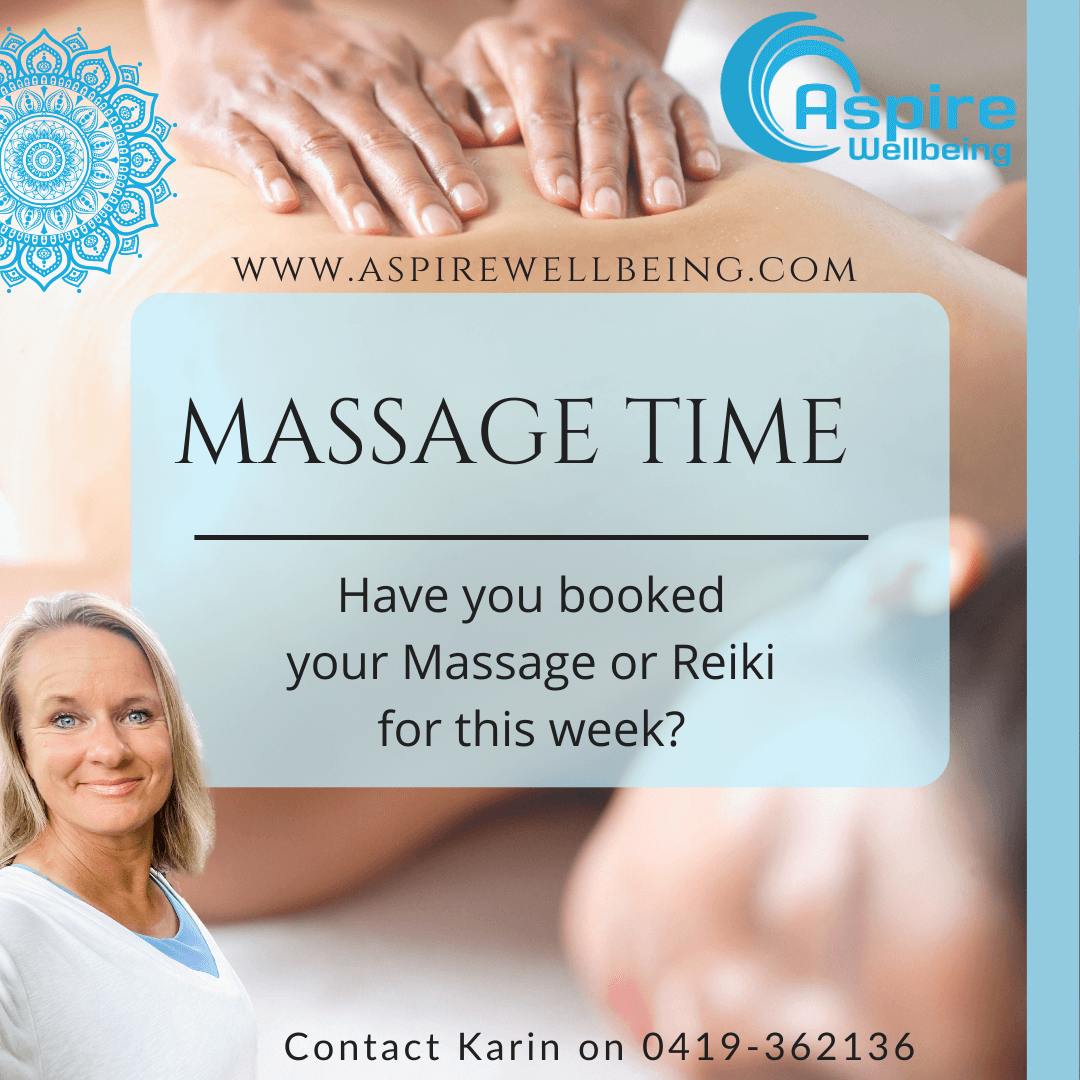
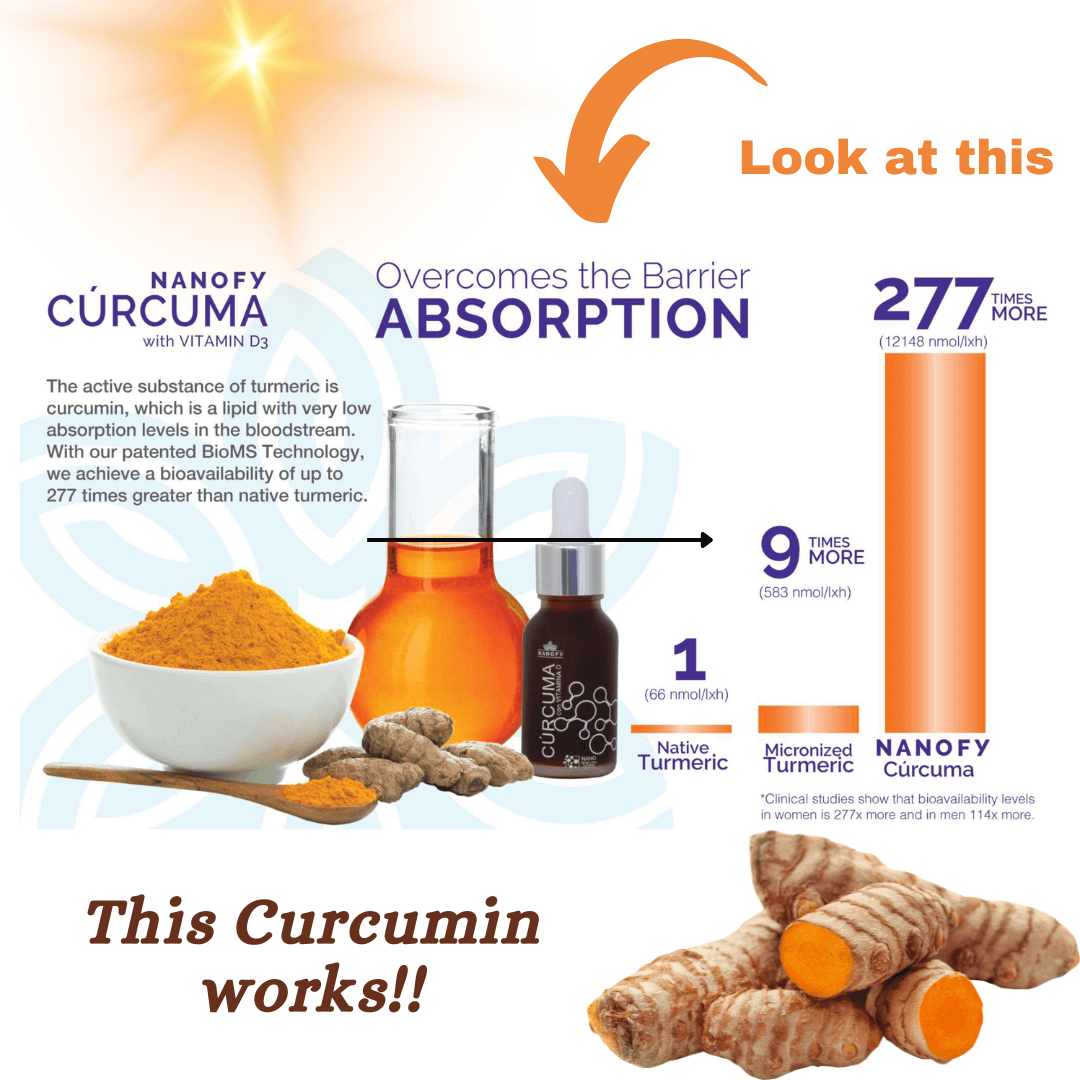

A few years ago I started cold dipping in the ocean at Torquay as I had heard that cold therapy could have many benefits. We entered the ocean 6.30am in the morning and often got to watch the most spectacular sunrises. What I noticed was improvements in mood and immunity. People around me got winter colds etc but not me.
Since moving to the Alpine area of Bright, I’ve had many dips in the Ovens River. The water in the Ovens river is very cold and refreshing. 

If you are considering starting cold dipping, here are 10 benefits (and I experienced all these benefits too):
1. Improved circulation: Cold water immersion can help constrict blood vessels, which may enhance circulation and blood flow throughout the body.
2. Boosted metabolism: Exposure to cold water can stimulate the body's metabolism, potentially leading to increased calorie burning and fat loss over time.
3. Enhanced immune function: Cold water dips may strengthen the immune system by activating the body's natural defence mechanisms.
4. Increased energy levels: Cold water exposure can invigorate the body and mind, leading to a feeling of increased energy and alertness.
5. Reduced muscle soreness : cold water immersion may help alleviate muscle soreness and inflammation, making it a popular recovery method among athletes.
6. Improved mood: Cold water dips can trigger the release of endorphins and other feel-good neurotransmitters, leading to a mood boost and reduced feelings of stress or anxiety.
7. Better skin and hair health: Cold water can help tighten pores, reduce oiliness, and improve circulation to the skin, promoting a healthy complexion. It can also make hair appear shinier and more vibrant.
8. Increased resilience to stress: Regular exposure to cold water can train the body to better handle stress, both physically and mentally, by activating the body's adaptive stress response.
9. Potential pain relief: Cold water immersion may temporarily numb pain receptors, providing relief from minor aches and pains.
10. Enhanced mental clarity and focus: Cold water dips can sharpen mental focus and clarity by stimulating the nervous system and increasing blood flow to the brain.
Cold dips offer numerous potential benefits.
Remember to it listen to your body and gradually acclimate to the cold water exposure to avoid any adverse reactions. If you have any underlying health conditions or concerns, consult with a healthcare professional before incorporating cold water immersion into your routine.
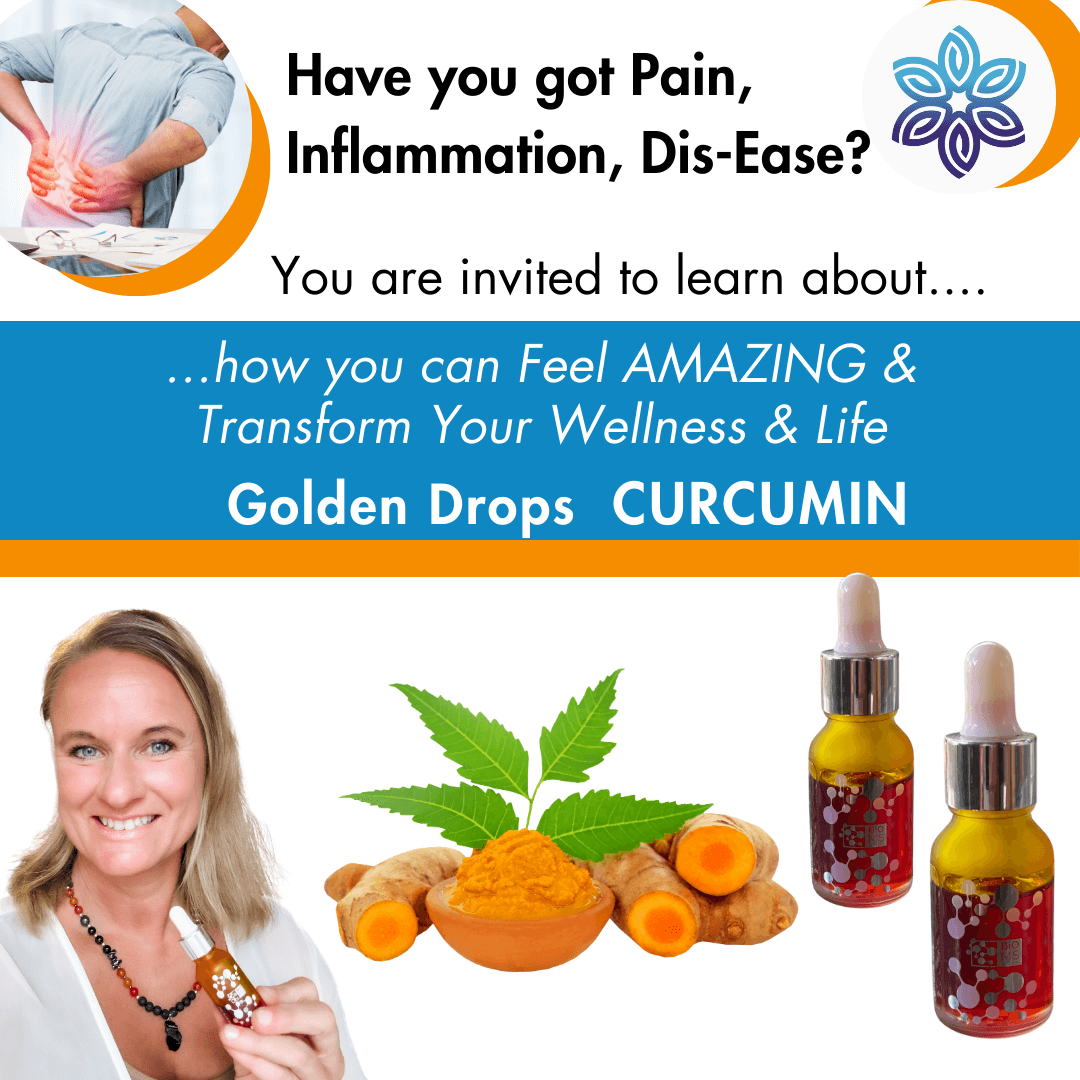

Life's journey is often characterized by peaks and valleys, moments of joy and sorrow, growth and stagnation. In the realm of personal and spiritual development, there's a concept that encapsulates one of the most profound and challenging experiences: the Dark Night of the Soul. This concept, often attributed to spiritual and philosophical traditions, speaks to a period of intense inner turmoil, questioning, and transformation. In this blog, I'll delve into the essence of the Dark Night of the Soul, explore its significance, and discuss ways to navigate this transformative journey.

The Essence of the Dark Night of the Soul
The Dark Night of the Soul refers to a phase in one's spiritual or personal development journey where an individual undergoes a deep and unsettling crisis of the self. This crisis is marked by a profound sense of emptiness, disillusionment, and a feeling of being disconnected from one's purpose or spiritual foundation. The term was popularized by mystic and poet Saint John of the Cross, who described it as a period of spiritual dryness and detachment from God.
However, the Dark Night of the Soul is not limited to religious or spiritual contexts. It can also manifest as a psychological and emotional experience, often triggered by life events such as loss, trauma, or intense personal challenges. During this phase, individuals may grapple with existential questions, identity crisis, and an overwhelming sense of despair.
Significance of the Dark Night
While the Dark Night of the Soul is undeniably distressing, it holds immense significance in the journey of personal growth and transformation. This period of darkness serves as a crucible for profound change and self-discovery. It's a space where old beliefs, attachments, and ways of being are stripped away, making room for a deeper understanding of oneself and the world.
- Ego Dissolution: The Dark Night challenges the ego, the constructed sense of self. As the ego is dismantled, individuals confront their insecurities, fears, and illusions. This process is uncomfortable but necessary for authentic self-awareness.
- Re-aligning Values: This phase often prompts a reevaluation of one's values, goals, and relationships. What once seemed important may lose its significance, leading to a more authentic alignment with one's true desires.
- Spiritual Awakening: For those on a spiritual path, the Dark Night can lead to profound spiritual awakening. The crisis prompts seekers to explore deeper layers of spirituality and find a more genuine connection to their beliefs.
Navigating the Darkness: Embracing Transformation
- Acceptance and Surrender: Resisting the Dark Night only intensifies the struggle. Embracing the experience with acceptance and surrender allows individuals to flow with the process, fostering a sense of inner peace amid the chaos.
- Self-Compassion: Practicing self-compassion is crucial. The journey through the Dark Night is a testament to your strength and resilience. Treat yourself with the kindness you would offer a dear friend.
- Seeking Support: You don't have to navigate the Dark Night alone. Seeking support from friends, family, therapists, or spiritual mentors can provide much-needed guidance and a sense of connection.
- Creative Expression: Engage in creative activities that allow you to express your emotions and thoughts. Writing, painting, music, and other forms of artistic expression can help you process and understand the depth of your experience.
- Mindfulness and Meditation: Cultivating mindfulness and engaging in meditation practices can help you observe your thoughts and emotions without attachment. This detachment can provide clarity and perspective.
Conclusion
The Dark Night of the Soul, while challenging, is a profound opportunity for growth, transformation, and self-discovery. It's a reminder that the path to authenticity often requires traversing the depths of our inner landscape. By embracing the darkness with openness and a willingness to learn, we can emerge from the experience with newfound wisdom, resilience, and a deeper connection to ourselves and the world around us.
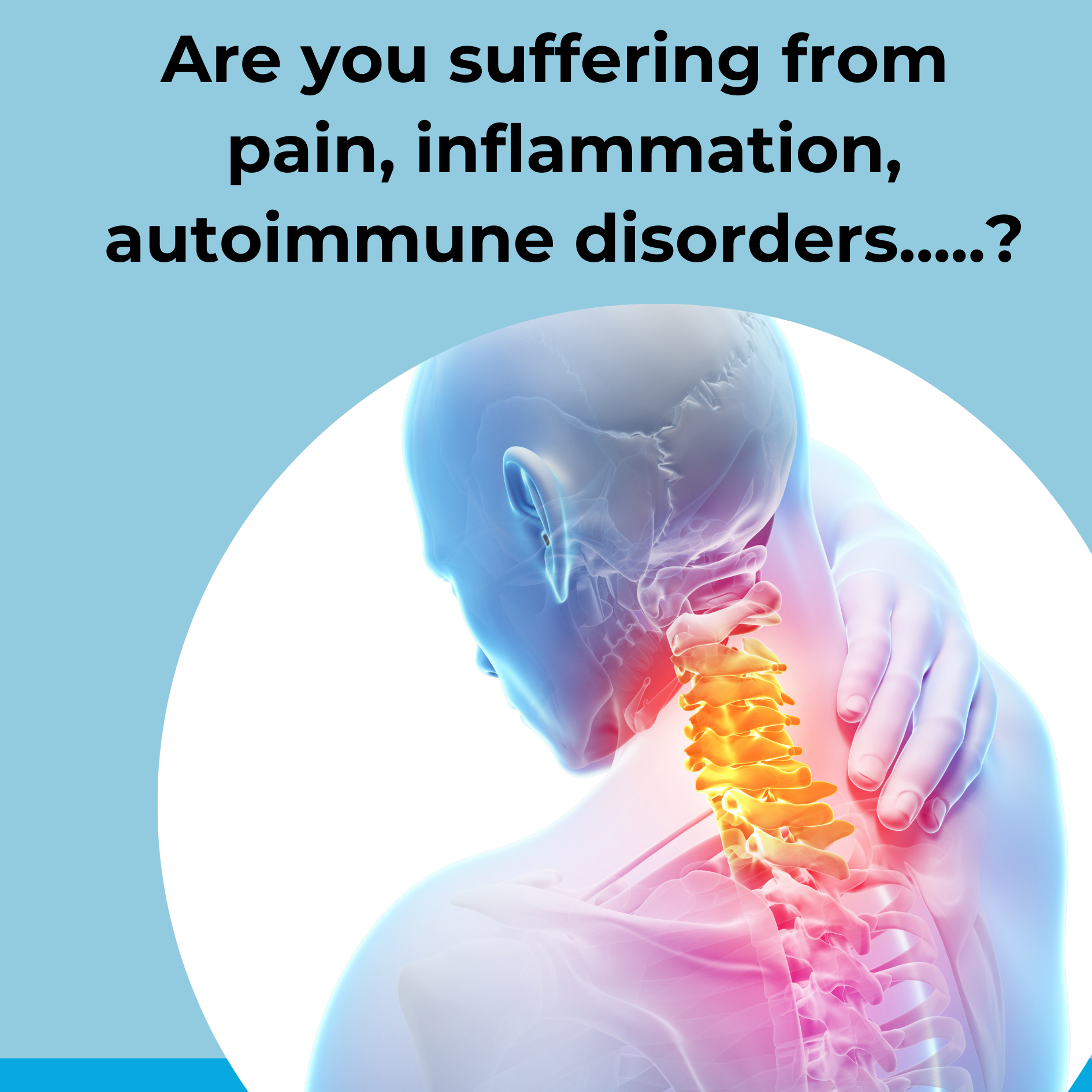

Have you heard of the spice Turmeric. It seems to be the herb that many people resort to know, particularly as people are starting to learn that is can be helpful to combat inflammation.
I started doing a little more research about Turmeric a while ago as I have had some issues with inflammation in my joints. I learnt that when combining fresh turmeric with oil and black pepper it increases the amount that the body absorbs - it increases what is called the bioavailability. I have taken turmeric supplements for a long time (very good quality) with little relief, so I started giving fresh turmeric a go with a little oil and black pepper essential oil from young living. I have found this a little hard to keep up doing and I still did not get profound result. Now I have found a better way.
What is Turmeric?
Turmeric is a yellow-colored spice derived from the root of the Curcuma longa plant, which belongs to the ginger family. It is commonly used as a culinary spice in many cuisines, particularly in Indian, Southeast Asian, and Middle Eastern cooking. Turmeric has been used for centuries in traditional medicine systems like Ayurveda and traditional Chinese medicine for its potential health benefits.
The key bioactive compound in turmeric is called curcumin, which is responsible for its vibrant color and many of its therapeutic properties. Curcumin has been the subject of extensive scientific research due to its potential anti-inflammatory, antioxidant, and anticancer effects. However, it's important to note that the bioavailability of curcumin is relatively low, meaning that it may not be efficiently absorbed and utilized by the body when consumed alone.
Turmeric and Curcumin are used for various purposes, including:
1. Anti-inflammatory and Pain Relief: Curcumin has been studied for its potential anti-inflammatory properties, which may help reduce inflammation in conditions such as arthritis, inflammatory bowel disease, and other inflammatory disorders. It is also used for its potential analgesic (pain-relieving) effects.
2. Antioxidant Support: Curcumin acts as a potent antioxidant, helping to neutralize harmful free radicals in the body. Antioxidants are important for combating oxidative stress, which is associated with various chronic diseases and aging.
3. Digestive Health: Turmeric is used to support digestive health by promoting healthy digestion, reducing bloating, and soothing gastrointestinal discomfort. It may also aid in the management of conditions like dyspepsia and irritable bowel syndrome (IBS).
4. Liver Health: Turmeric is believed to have hepatoprotective properties, helping to support liver health and detoxification processes. It may be used as a supportive therapy in liver diseases or as part of a liver cleanse.
5. Skin Health: Turmeric is used topically in skincare products for its potential anti-inflammatory and antioxidant effects. It may help with conditions like acne, eczema, and psoriasis, promoting healthy skin.
6. Cognitive Support: Curcumin has been investigated for its potential neuroprotective effects and its ability to cross the blood-brain barrier. It is being studied for its potential role in supporting cognitive function and reducing the risk of neurodegenerative diseases like Alzheimer's.
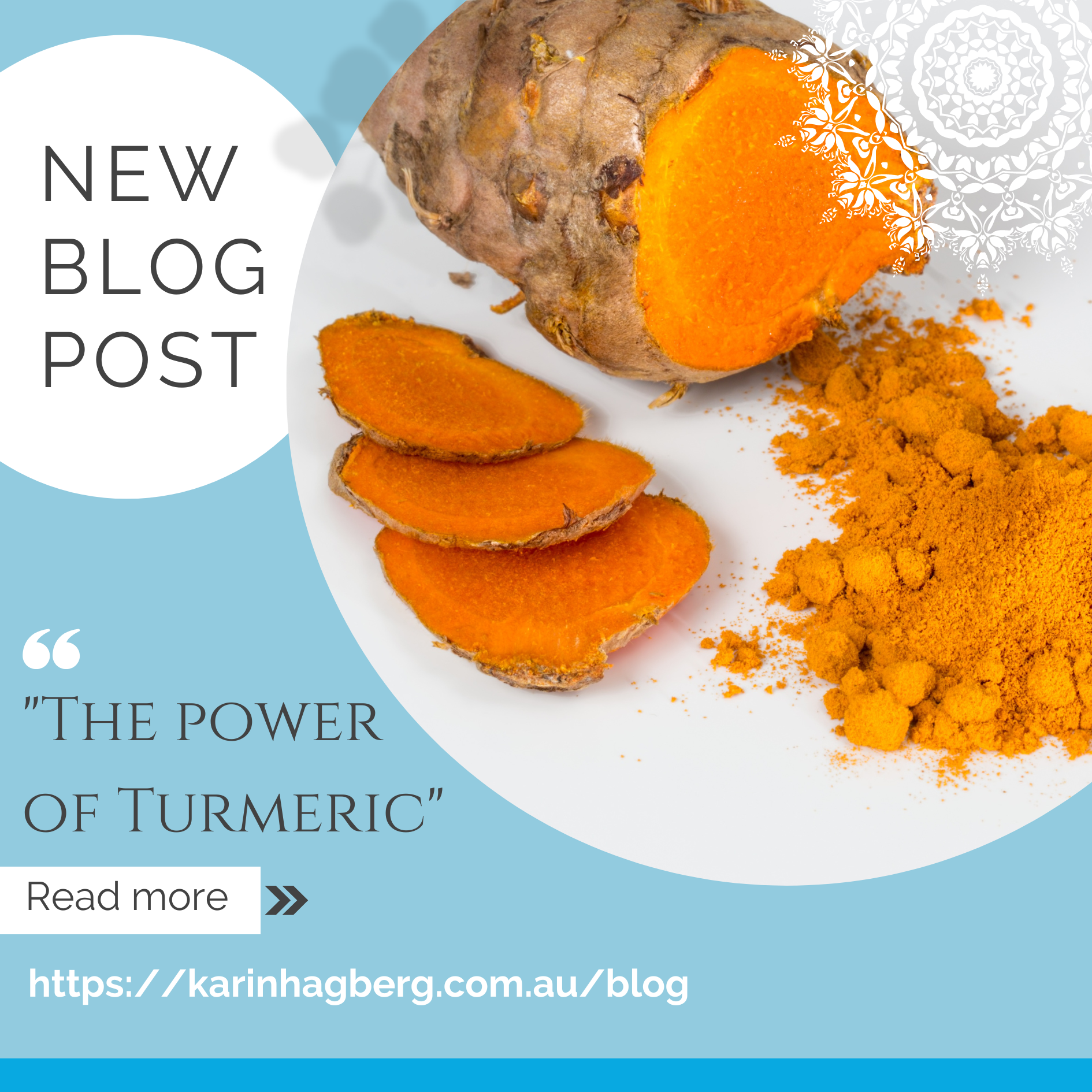
What is inflammation?
Inflammation is a natural protective response of the body's immune system to injury, infection, or irritation. It is a complex biological process involving various cells, chemicals, and molecular signals. The primary purpose of inflammation is to remove harmful stimuli, initiate the healing process, and restore tissue homeostasis. However, inflammation can also occur inappropriately or persistently, leading to chronic inflammation, which can contribute to the development and progression of certain diseases.
The causes of inflammation can vary depending on the specific situation, but common triggers include:
1. Infections: Bacterial, viral, fungal, or parasitic infections can activate the immune system and trigger an inflammatory response. Examples include respiratory infections, urinary tract infections, and skin infections.
2. Tissue Damage: Physical injury, trauma, burns, or surgical procedures can cause tissue damage, leading to an inflammatory response. The immune system activates to repair the damaged tissues, resulting in localized inflammation.
3. Autoimmune Disorders: In autoimmune disorders, the immune system mistakenly attacks healthy cells and tissues, leading to chronic inflammation. Conditions such as rheumatoid arthritis, lupus, and inflammatory bowel disease are examples of autoimmune disorders.
4. Allergies: Allergic reactions occur when the immune system overreacts to harmless substances, such as pollen, dust mites, or certain foods. This immune response triggers inflammation, leading to symptoms like itching, redness, swelling, and respiratory problems.
5. Chronic Diseases: Certain chronic diseases, such as cardiovascular disease, diabetes, obesity, and some types of cancer, are associated with low-grade, chronic inflammation. In these conditions, persistent inflammation can contribute to disease progression and complications.
6. Environmental Factors: Exposure to environmental pollutants, toxins, or irritants, such as air pollution, cigarette smoke, or certain chemicals, can trigger inflammation in the body.
7. Lifestyle Factors: Unhealthy lifestyle choices, including a poor diet, sedentary behavior, chronic stress, and inadequate sleep, can contribute to systemic inflammation.
It's important to note that while inflammation is a natural response and necessary for healing and defense against pathogens, chronic inflammation can have detrimental effects on health. Lifestyle modifications, such as adopting a healthy diet, engaging in regular physical activity, managing stress, and avoiding smoking and excessive alcohol consumption, can help reduce the risk of chronic inflammation and associated diseases.
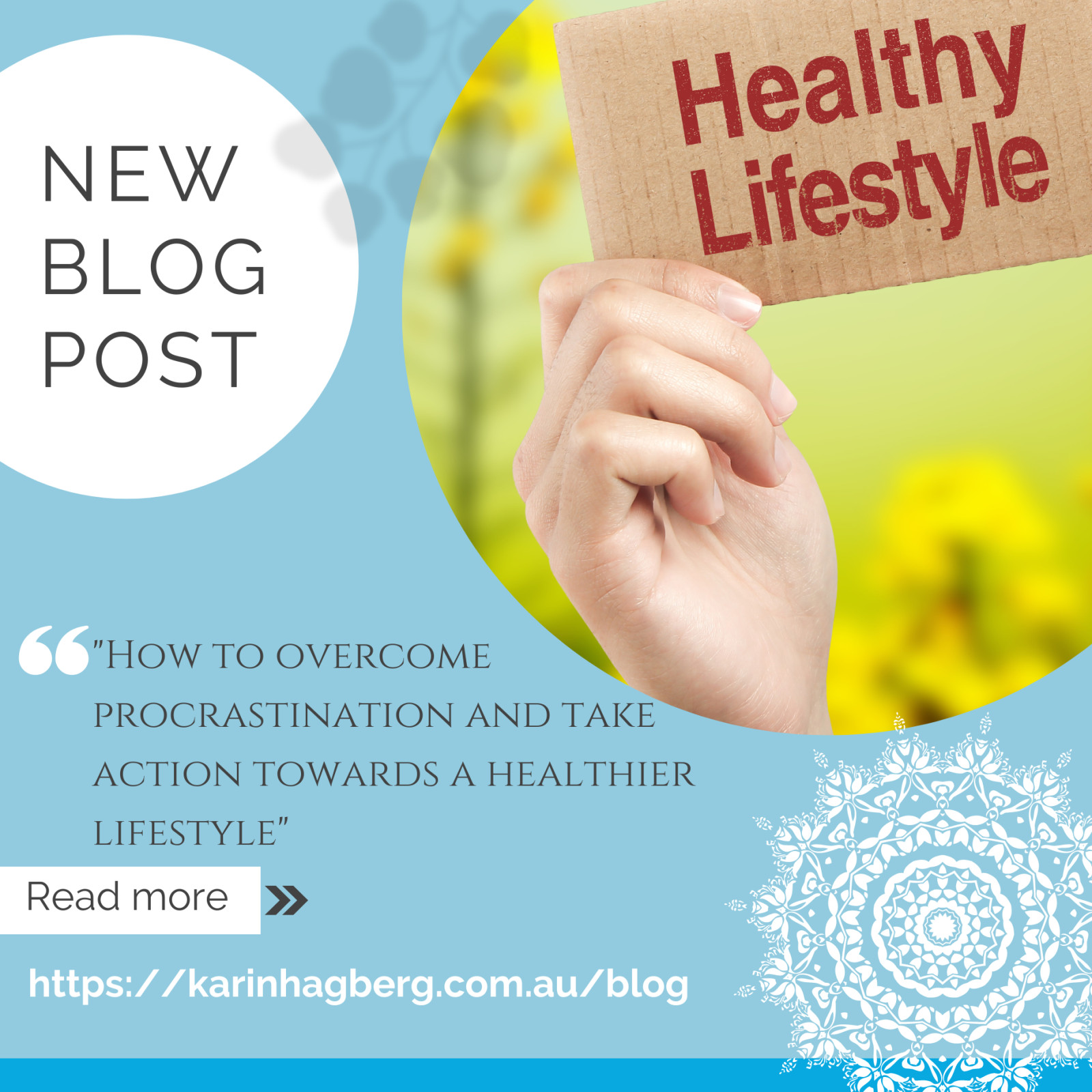
Overcoming procrastination and taking action towards a healthier and fitter lifestyle requires commitment, discipline, and a strategic approach.
Here are some steps to help you stop procrastinating and start taking action:
1. Set Clear Goals: Define specific, measurable, and realistic health and fitness goals. Having clear objectives will give you a sense of direction and motivation to take action.
2. Break It Down: Break your larger goals into smaller, manageable tasks. This makes them less overwhelming and easier to tackle. Create a step-by-step plan that outlines the actions you need to take.
3. Create a Schedule: Establish a regular schedule for your health and fitness activities. Set aside dedicated time for exercise, meal planning, and self-care. Treat these appointments with yourself as non-negotiable and prioritize them.
4. Start Small: Begin with small, achievable actions to build momentum. For example, commit to a 10-minute workout or incorporate one healthy meal into your day. Starting small helps you overcome inertia and build consistency.
5. Find an Accountability Partner: Seek support from a friend, family member, or fitness buddy who shares your goals. Having someone to hold you accountable, offer encouragement, and celebrate your progress can be highly motivating.
6. Remove Distractions: Identify and minimize potential distractions that hinder your progress. This may include reducing screen time, turning off notifications, or creating a dedicated workspace for exercise or meal preparation.
7. Use Positive Reinforcement: Reward yourself for taking action and reaching milestones along the way. Celebrate your achievements, whether it's treating yourself to something you enjoy or acknowledging your progress with positive self-talk.
8. Practice Time Management: Improve your time management skills to maximize productivity. Break your day into blocks of focused work, incorporating designated time for health and fitness activities. Avoid multitasking and allocate specific time slots for different tasks.
9. Find Your Motivation: Discover what truly motivates you to be healthy and fit. It could be improving your overall well-being, boosting your energy levels, achieving a personal fitness goal, or setting a positive example for your loved ones. Connect with that motivation regularly to stay committed.
10. Embrace Mindset Shifts: Cultivate a growth mindset and embrace the belief that you have the ability to change and make progress. Replace negative self-talk and self-doubt with positive affirmations and self-compassion. Focus on the benefits and the joy of living a healthy lifestyle.
11. Seek Professional Guidance: Consider consulting with professionals such as a fitness trainer, nutritionist, or wellness coach. They can provide personalized guidance, support, and expertise to help you stay on track and overcome obstacles.
Remember that change takes time and effort. Be patient with yourself and stay committed to your goals. Each small step you take is a valuable move towards a healthier and fitter life.
Karin xx
Become the expert of You!
